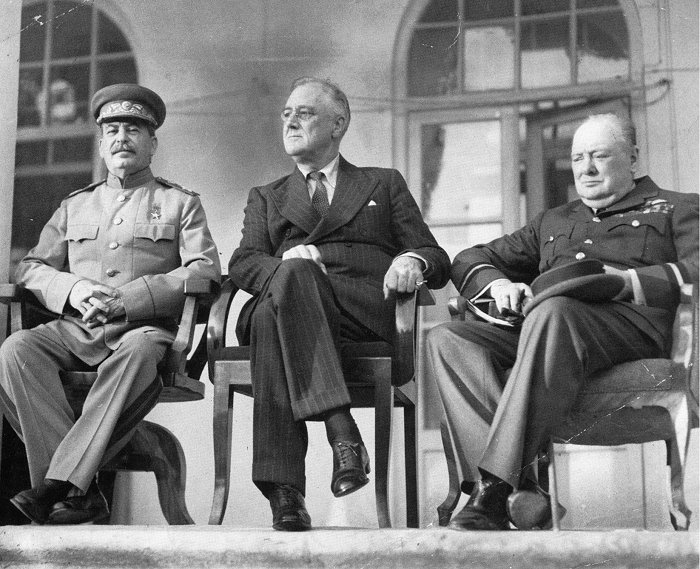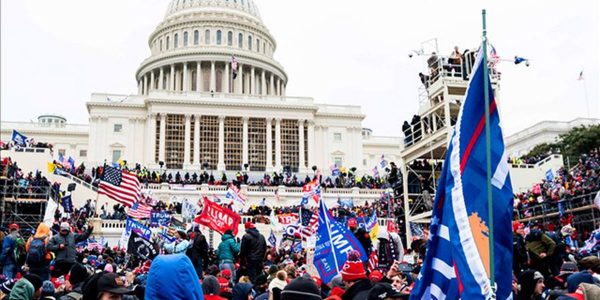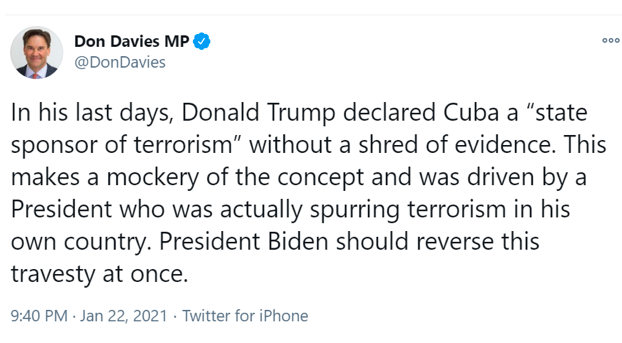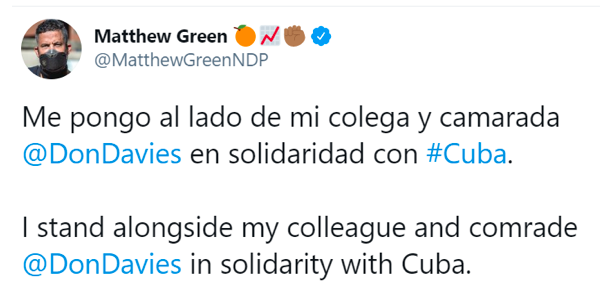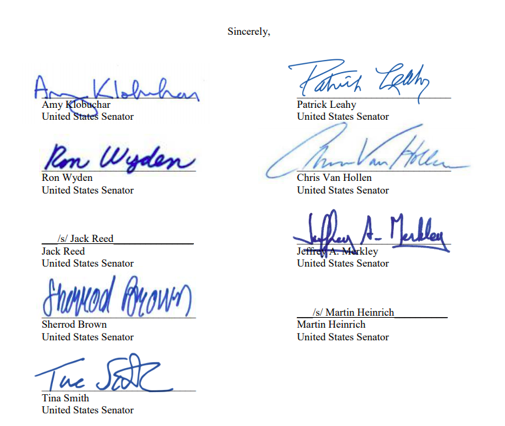Gandhian Strategy: Combination of Truth, Sacrifice, Non-Violence and Solidarity
January 30th, 2021 by Prof. Sunanda Sharma
First published on November 14, 2017.
In Commemoration: The 73d anniversary of the assassination of Mahatma Gandhi on January 30th, 1948
***
The Gandhian strategy is the combination of truth, sacrifice, nonviolence, selfless service and cooperation. According to Gandhi one should be brave and not a coward and should present his views, suggestions and thoughts without being violent. One should fight a war with the weapons of truth and nonviolence. Gandhi said that “There is no god higher than truth.” According to his thoughts, nonviolence is ultimate solution of every kind of problem in the world.
In present scenario, Satyagraha is more than a political tool of resistance. It is a holistic approach towards life, based on the ideals of truth and moral courage. The similarities of the Satyagraha to some of the greatest philosophical and religious tenets of the world have been observed and much written about. Gandhi’s system of Satyagraha was based on nonviolence, non cooperation, truth and honesty. Gandhi used nonviolence in India’s freedom struggle as main weapon and India became independent from British rule.
In present times, there are some live examples which show the success of nonviolence resistance by using Gandhian strategy. Mahatma Gandhi was against any form of exploitation and injustice. According to him, evils must be opposed at any cost. But he insisted that the weapons must be non violent and moral ones. The adoption of peaceful method made one superior and put the enemy at a disadvantage but the condition is the opponent must be dealt with mutual respect and love. Gandhi believed that only through love an enemy could be permanently won.
Introduction
Mohandas Karamchand Gandhi was ‘a man of millennium’ who imparts the lesson of truth, Nonviolence and peace. The philosophy and ideology is relevant still today. The philosophy of Gandhi was based on truth, sacrifice, nonviolence selfless service and cooperation. In modern times, nonviolent methods of action have been a powerful tool for social protest. According to Gandhi one should be brave and not a coward. He should present his views, suggestions and thoughts without being violent. One should fight a war with the weapons of truth and nonviolence. Gandhi said that “There is no god higher than truth.” According to Gandhi’s thoughts nonviolence is ultimate solution of every kind of problem in the world. Gandhi was single person who fought against the British with the weapons of truth and Nonviolence by persuading countrymen to walk on the path of nonviolence. Gandhi leading a decades-long nonviolent struggle against British rule in India, which eventually helped India, wins its independence in 1947. By the efforts of Gandhi India became independent. Gandhi initiated nonviolence activities like Quit India movement and non-operation movement. Gandhi could never have done what he did alone – but with his ability to identify a seed here, a seed there and nurture it, he was able to create a forest of human change. He understood that it was not enough to be a leader, but to create leaders.
In quite simple and clear words, Gandhism consists of the ideas, which Mahatma Gandhi put forth before human world. Along with that, to the maximum possible extent, Mahatma Gandhi treated his individual life in accordance with these ideas. Clearly, Gandhism is a mixture of Gandhi’s concepts and practices. I do not hold merely his theory to be Gandhism. The basic ground ship of Gandhism happens to be nonviolence. The nonviolence is the most ancient eternal value. This nonviolence is the ground of ancient-most civilization and culture of India. Mahatma Gandhi said on this very account while making his concepts and practices based on nonviolence: “I have nothing new to teach you… Truth and nonviolence are as old as hill.” As we know, nonviolence and truth are two sides of the same coin. After knowing Gandhism, it is imperative for us to know clearly the concept of nonviolence also as it accords the ground for Gandhism. Gandhi’s importance in the political world scenario is twofold. First, he retrieved nonviolence as a powerful political tool and secondly manifestation of a higher spiritual goal, culmination in world peace. For Gandhi, means were as important as the end and there could be only one means – that of nonviolence.
As a situation opposite to violence is nonviolence, we can firmly state, “Total nonviolence consists in not hurting some other one’s intellect, speech or action per own thought, utterance or deeds and not to deprive some one of his life.” Mahatma Gandhi fully agrees with above-mentioned derivation of nonviolence. He himself has said, “Nonviolence is not a concrete thing as it has generally been enunciated. Undoubtedly, it is a part of nonviolence to abstain from hurting some living being, but it is only an iota pertaining to its identity. The principle of nonviolence is shattered by every evil thought, false utterance, hate or wishing something bad unto someone. It is also shattered per possession of necessary worldly things.” In this chain Mahatma Gandhi clarified in an edition of Young India: “…To hurt someone, to think of some evil unto someone or to snatch one’s life under anger or selfishness, is violence. In contrast, purest nonviolence involves a tendency and presuming towards spiritual or physical benefit unto every one without selfishness and with pure thought after cool and clear deliberations… The ultimate yardstick of violence or nonviolence is the spirit behind the action.” There are many examples of their use like resistance, non-violent resistance, and civil revolution. Mahatma Gandhi had to struggle in his whole life, but he never disappointed, he continued his innate faith in nonviolence and his belief in the methods of Satyagraha. The significance of Satyagraha was soon accepted worldwide. Martin Luther King adopted the methods of Satyagraha in his fight against the racial discrimination of the American authorities in 1950. Gandhism is very much contextual today on this accord. It is significant. We should grasp importance of Gandhism while analyzing it.
Presently a big portion of the world happens to be under Democratic system of Government. Theoretically, this system stands out to be the best up to now. This is a truth. It is the best because people are connected with it directly or indirectly at every level. Not only this, it is this very system, which provides maximum opportunities of public progress and development. People can themselves decide in this system the mode of their welfare. However, even though being theoretically the best system of government, if we peruse the democratic nations, we first of all find that there is non-equal development of the citizens. We subsequently find that these nations are more or less victimized by regionalism. They have problem relating to language. They are under clutches of terrorism and communalism. There is also the problem of negation of human rights in these nations. There are other vivid problems akin to mention above and peace is far away so long as these problems exist. All citizens must have equal development and they should have communal harmony towards making all citizens collective and unified partners in progress. But, in reality, it is not so. It is essential that the nations of democratic system of government should be free from above-mentioned problems, must be capable of ensuring equal development of their all citizens and the citizens concerned must march forward on path of progress in unified way along with rendering contribution to world peace.
Gandhi demonstrated to a world, weary with wars and continuing destruction that adherence to Truth and Nonviolence is not meant for individuals alone but can be applied in global affairs too. Gandhi’s vision for the country and his dreams for the community as a whole still hold good for India. He got the community to absorb and reflect true values of humanity and to participate in tasks that would promote the greater good. These issues are still relevant to what free India is and represents. The main cause of worry today is intolerance and hatred leading to violence and it is here the values of Gandhi need to be adhered to with more passion.
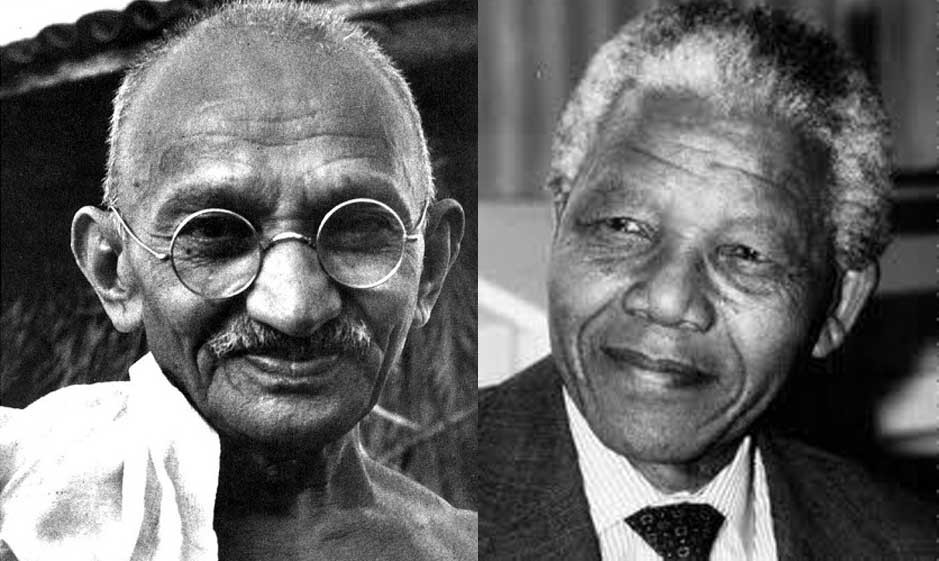
Gandhi and Nelson Mandela
Gandhian Strategy
Gandhian strategy is mainly comprised with:
- Satyagraha
- Truth and honesty
- Nonviolence
- Cooperation
- Peace and love
Satyagraha -A holistic approach towards life, based on the ideals of truth and moral courage.
“Satyagraha’s goal is winning over people’s hearts, and this can be achieved only with tremendous patience,” Satyagraha is more than a political tool of resistance. The similarities of the Satyagraha to some of the greatest philosophical and religious tenets of the world have been observed and much written about. However, in the specific context of India, Satyagraha was an immense influence. It went a long way in instilling among the Indians a dignity for hard labor and mutual respect. In the traditional Indian society torn apart by caste and creed based discriminations, Satyagraha stated that no work was lowly. It championed secularism and went a long way in eradicating untouchability from the heart of India’s typically stratified society. Satyagraha glorified the role of women as an important member of the society. All in all, Satyagraha instilled in the Indian mind a dignity and a self respect that is yet unprecedented in its modern history.
Gandhi’s system of Satyagraha was based on nonviolence, non-cooperation, truth and honesty. Gandhi used nonviolence in India’s freedom struggle as main weapon and India became independent from British rule.
Truth – The Most Powerful Weapon
Gandhism is more about the spirit of Gandhi’s journey to discover the truth, than what he finally considered to be the truth. It is the foundation of Gandhi’s teachings, and the spirit of his whole life to examine and understand for oneself, and not take anybody or any ideology for granted. Gandhi said: “The Truth is far more powerful than any weapon of mass destruction.” Truth or ‘Satya’ was the sovereign principle of Mahatma Gandhi’s life. The Mahatma’s life was an eternal conquest to discover truth and his journey to that end was marked by experiments on himself and learning from his own mistakes. Fittingly his autobiography was titled ‘My Experiments with Truth.’ Gandhi strictly maintained that the concept of truth is above and beyond of all other considerations and one must unfailingly embrace truth throughout one’s life.
Gandhi pioneered the term Satyagraha which literally translates to ‘an endeavor for truth.’ In the context of Indian freedom movement, Satyagraha meant the resistance to the British oppression through mass civil obedience. The tenets of Truth or Satya and nonviolence were pivotal to the Satyagraha movement and Gandhi ensured that the millions of Indians seeking an end to British rule adhered to these basic principles steadfastly.
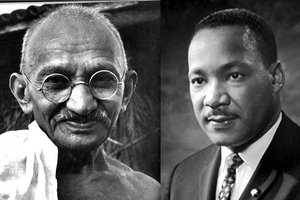
Gandhi and Martin Luther King, Jr
Nonviolence Is Everlasting
Gandhian strategy is the collection of inspirations, principles, beliefs and philosophy. The fundamentals of Gandhi’s nonviolence theory, Jainism and Buddhism were the most important influence. Both Jainism and Buddhism preached nonviolence as the basic principal of existence. Gandhi was also influenced by Bhagvad Gita with its stress on non attachment and selfless action, Christianity, along with its massage of love and compassion, extended even to one’s enemies, was another important influence on Gandhi’s life. Gandhi’s life was based on truth, honesty and moral courage.
Mahatma Gandhi was great national hero, who served the nation with truth and nonviolence. Gandhi was against violence. He always disliked war on the ground of its violent nature. That’s why when the Second World War began in 1939; he opposed the stand of British government dragging India into war without consulting Indian leaders. Gandhi was in favor of nonviolence; therefore he was against in any cooperation in war efforts. According to Gandhi the use of nonviolence consists of anger, selfishness, hatred and enmity. According to him violence cannot do anything good to human beings. A Gandhian strategy for confronting terrorism, therefore, would consist of the following:
Stop an act of violence in its tracks. The effort to do so should be nonviolent but forceful. To focus solely on acts of terrorism, Gandhi argued, would be like being concerned with weapons in an effort to stop the spread of racial hatred. Gandhi thought the sensible approach would be to confront the ideas and alleviate the conditions that motivated people to undertake such desperate operations in the first place.
As we know, nonviolence and truth go side by side. After knowing Gandhism, it is imperative for us to know clearly the concept of nonviolence also as it accords the ground for Gandhism.
For Gandhi, means were as important as the end and there could be only one means- that of nonviolence.
What is nonviolence? Ordinarily, we attribute nonviolence as a dictum that prescribes non-snatching of anyone’s life. Really, this is not complete derivation pertaining to the concept of nonviolence. Nonviolence is quite opposite to violence. As such, it would be better to know the position relating to violence in order to know nonviolence and to be in knowledge of its meaning. According to a Jain scholar:
“Whenever, we hurt some other living being through our thought, utterance or action under non-cordial stipulation and non-apt learning, such an impure spirit or act of destroying life of some other one, including the impure tendency, utterance or presuming, is taken to be full of vice of violence. In such a situation, even if there is no sort of violence externally, it intrinsically ipso facto remains a tendency of violence.”There are three categories of violence:
- When we hit physically anybody.
- When we think wrong and feel jealous with anybody.
- When we aggressively speak and abuse to anybody.
All these categories create negative energy in human body. The negative energy has adverse affect on human body. Gandhi criticized violence. It is a body of ideas and principles that describes the inspiration, vision and the life work of Gandhi. It is particularly associated with his contributions to the idea and practice of nonviolence resistance, sometimes also called civil resistance. The term “Gandhism” also encompasses what Gandhi’s ideas, words and actions mean to people around the world, and how they used them for guidance in building their own future. Gandhism also permeates into the realm of the individual human being, non-political and non-social. A Gandhian can mean either an individual who follows, or a specific philosophy which is attributed to, Gandhism.
In context of nonviolence being perpetual, Mahatma Gandhi states, “…When we peruse the era from beginning unto now relating to the period for which we gain historical evidence, we find that man has been ultimately treading path of nonviolence.” It is, as such, that nonviolence came into existence along with man. “In case it has not been with man from the very beginning, there might have been self-doom by man.” As Martin Luther King Jr. said: “The choice is not between violence and nonviolence but between nonviolence and non-existence.”
However, it has not been that and not only human race is alive in such a huge number but there has been gradual enhancement in development and nearness in spite of presence of various obstacles and nuisances. This could never have been, but because nonviolence is perpetual, it happened.
Mahatma Gandhi was against any form of exploitation and injustice. According to him, evils must be opposed at any cost. But he insisted that the weapons must be non violent and moral ones. The adoption of peaceful method made one superior and put the enemy at a disadvantage but the condition is the opponent must be dealt with mutual respect and love. Gandhi believed that only through love an enemy could be permanently won.
Nonviolence is not passive. It is active, creative, provocative and challenging. Gandhi described nonviolence as “A force more powerful than all the weapons of world combined.” “Nonviolence is the greatest and most active force in the world.” Gandhi wrote, “It is mightier than the mightiest weapon of destruction devised by the ingenuity of humanity. When we tap into the spirit of nonviolence, it becomes contagious and can topple empires.” In relation to violence, there are two options in the world. These options are, we fight –back or run away. Nonviolence gives us third option: creative active, peaceful resistance to injustice. Nonviolence means standing unmoving against injustice until injustice is transformed into justice. Nonviolence dose not harm to others and does not adversely affect other directly .but it works internally. Instead of killing others, we should do in the nonviolent struggle for justice and human rights. Nonviolence begins in the heart then it moves out to our families, local communities, cities, nation and world.
Gandhi thought, debased those who adopted it. A violent posture adopted by public authorities could lead to a civil order based on coercion. For this reason Gandhi insisted on means consistent with the moral goals of those engaged in the conflict.
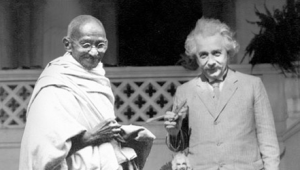
Gandhi and Einstein
Relevance of Gandhian Strategy in Modern Context
In modern times, nonviolent methods of action have been a powerful tool for social protest. There are many examples of nonviolence like civil resistance, nonviolence resistance, and civil revolution. Here certain movements particularly influenced by a philosophy of nonviolence should be mentioned, including Mahatma Gandhi leading a decades-long nonviolent struggle against British rule in India, which eventually helped India win its independence in 1947, Gandhi had to pay for his ideals with his life, but he never veered from his innate faith in nonviolence and his belief in the methods of Satyagraha. The significance of Satyagraha was soon accepted worldwide. Martin Luther King adopted the methods of Satyagraha in his fight against the racial discrimination of the American authorities in 1950.
He dreamt that of ethics and values practiced in daily lives. But more than half a century after independence is it really so? But should we judge Gandhi and nonviolence only by the test of short-term success? If there lays inbound strength in truth that could free us from the chains of the British rule then why can’t it rid us of the corruption prevalent everywhere? It’s not the principles that have become irrelevant rather it is the impatient nature of today’s progress that has made “corruption” so popular. Violence is definitely not the answer to burning issues. The need for the day is to shut down the egoistic attitude and mutual distrust. Nonviolence can be a good force if practiced. If we “shoot the messenger” we can’t progress. There is no room for patronage among equals. M. N. Roy, who founded Radical Humanism, said: “When a man really wants freedom and to live in a democratic society he may not be able to free the whole world… but he can to a large extent at least free himself by behaving as a rational and moral being, and if he can do this, others around him can do the same, and these again will spread freedom by their example.” If that is the goal, then Gandhi is more relevant than ever. In present times, there are some live examples which show the success of Nonviolence resistance by using Gandhian strategy.
On 5 April 2011, a 73-year-old man in central Delhi stopped eating. The man in question was Kisan Baburao Hazare, and he was protesting the Congress-led central government’s lackadaisical attempts to punish those guilty of large-scale corruption. His specific demand was that “civil society” should have a say in drafting a stringent anti-corruption law, the Lokpal Bill. The government draft was eyewash, he claimed; outside participation was the only way to ensure an anti-corruption law with any teeth. Hazare, “Anna” to his followers, was by no means the only man on a hunger strike there. But he was onto something. While the government was drowning in a flood of corruption scandals – most prominently, the 2G spectrum allocation controversy and the Commonwealth Games fiasco – Anna Hazare’s perfectly timed protest managed to ride the wave. A throng of civic activists, movie stars, and well-heeled supporters from the urban middle classes took his side. Though estimates of its popularity are hard to gauge, it is fair to say that the Anna Hazare movement spread beyond Delhi and to the rest of urban India, which is why the Congress Party soon capitulated. On 8 April the government agreed that five members, chosen by Anna Hazare, would be part of the Lokpal Bill drafting committee. Neither Anna Hazare’s methods nor the cause were particularly original. Yoga guru Baba Ramdev had previously fasted on the corruption issue; he fasted again soon after Anna Hazare’s fast ended. The move to enact an effective anti-corruption bill also has an old genesis. In the 1960s itself, the idea of the Lokpal was suggested by the first Administrative Reforms Commission. Even before Anna Hazare’s fast, Aruna Roy and other civil society members had been Anna Hazare is one of India’s well-acclaimed social activists. A former soldier in the Indian army, Anna is well known and respected for upgrading the ecology and economy of the village of Ralegan Siddhi which is located in the drought prone Ahmednagar district of Maharashtra state.
On the extraordinary 12th day of Anna Hzare’s anti corruption fast, the parliament responded with extraordinary grace to show what it could do to honor a crusader’s urge. After over eight hours of debate around the structure of Lokpal Bill the Government and the opposition in both the Loksbha and Rajya Sabha came together to agree ”in-principal” to the three major demands the activist had raised in his letter to Prime Minister Manmohan Singh as a condition to end his protest. Anna Hazare’s previous achievements which are based on truth and Satyagrha are following:
The erstwhile barren village has metamorphosed into a unique model of rural development due to its effective water conservation methods, which made the villagers self-sufficient. Earlier, the same village witnessed alcoholism, utter poverty and migration to urban slums. Inspired by Hazare’s unique approach of salvaging a hopeless village, the state government has implemented the `Model Village’ scheme as part of its official strategy. Hazare is now synonymous with rural development in India. Integrated village Development Project as a part of Golden Jubilee celebration of Bharat Chhodo Andolan. Adarsh Gaon Yojna was started under his chairmanship – “Model Village “project. Watershed development is one of the key tools contributing towards the overall objective of reducing poverty through sustainable development.
The common man is put to lot of hardships and it has become difficult to make both ends meet as prices of essential commodities are rising constantly due to corruption. Hazare believes that our freedom is at the teeth of danger due to corruption and unless it is eliminated, the country will not be free in its true sense. Therefore, a peaceful war has been waged against corruption with the help of immense support from people.
Right to Information includes the citizens’ right to – inspect works, documents, and records, take notes, extracts or certified copies of documents or records, take certified samples of material, obtain information in form of printouts, diskettes, floppies, tapes, video cassettes or in any other electronic mode or through printouts. The citizens can obtain the above from all government departments to ensure transparency. All they need to do is to invoke the Right to Information (RTI) Act. The state of Maharashtra leads in RTI activism and use, thanks to Anna Hazare’s inspiring leadership.
Gandhigiri The public face of the movement, Anna Hazare, describes himself as a Gandhian. His social movement, centered in Ralegaon Siddhi in rural Maharashtra, harks back to Gandhi’s Phoenix farm and Sabarmati ashram. Many of his campaigns, against alcoholism or untouchability, make the Gandhian connect between social reform and political emancipation. His preaches nonviolence is comfortable with religious idioms (a portrait of Bharat Mata hung behind him while he fasted for the Jan Lokpal Bill), 14 and makes personal probity the centre piece of the campaign. Yet, while the movement claims Gandhi’s morals and employs his methods, its political vision is as far as can be from Gandhi himself. Ironically, this is what makes it so successful in21st century India. Understanding this neo-Gandhian activism, “Gandhigiri” is key to understanding the Anna Hazare movement. Two makers of modern India were quick to distance themselves from Gandhi’s idea of a state. As has been well chronicled, Jawaharlal Nehru’s vision of a modern, centralized, powerful Indian state that could bring about both economic prosperity as well as social justice was anathema to Gandhi’s union of village republics. Gandhi, an early critic of modernity, was disillusioned with the violence and illegitimacy of the State. Independent India is a testament to exactly the reverse impulse: of a centralized state driving large development projects in the name of the greater common good.

Gandhi and Tolstoy
Conclusion
Gandhi dreamed of a new world of nonviolence with overall peaceful environment. Nonviolence is a universal phenomenon and it has great relevance and significance. It is the ultimate solution of all kinds of problems and conflicts in the society, nation and world. However, its result depends upon its understanding and proper application. The present scenario of violence and exploitation all over the world has raised an important issue. Any nation which has been suffered with communalism, dictatorship, corruption and power games really needs to go back to Gandhi’s conviction of nonviolence and truth as his mission. By adopting nonviolence, social, political, economic and religious conflicts shall be removed. Undoubtedly, the social doctrine of nonviolence that has emerged from Gandhian ideas has now become the key to forge and sustain the new social and political order. Today, there is need to adopt Gandhian philosophy and ideology in overall world to remove all kind of problems and creating peaceful environment. Gandhi is not the past, he is the future. He is an early sign of what we can be.
Presently a big portion of the world happens to be under Democratic system of Government. Theoretically, this system stands out to be the best up to now. This is a truth. It is the best because people are connected with it directly or indirectly at every level. Not only this, it is this very system, which provides maximum opportunities of public progress and development. People can themselves decide in this system the mode of their welfare. However, even though being theoretically the best system of government, if we peruse the democratic nations, we first of all find that there is non-equal development of the citizens. We subsequently find that these nations are more or less victimized by regionalism. They have problem relating to language. They are under clutches of terrorism and communalism. There is also the problem of negation of human rights in these nations. There are other vivid problems akin to mention above and peace is far away so long as these problems exist. These nations should get themselves rid of these problems, all citizens of them must have equal development and they should have communal harmony towards making all citizens collective and unified partners in progress. But, in reality, it is not so.
It is essential that the nations of democratic system of government should be free from above-mentioned problems, must be capable of ensuring equal development of their all citizens and the citizens concerned must march forward on path of progress in unified way along with rendering contribution to world peace. Gandhism is very much contextual today on this accord. It is significant. Let us grasp importance of Gandhism while analyzing it in brief.
Gandhi inspires an alternative vision of politics and resistance at a time when oppression is not only getting more overt and physical but also more insidious. His ideology of nonviolence is a good point to start from. It may not succeed, but it opens a world of possibilities and encourages us to think outside the box. His life also illustrates how radical ideas are first dismissed, only to be tested and embraced later. Gandhi demonstrated to a World, weary with wars and continuing destruction that adherence to Truth and Nonviolence is not meant for individuals alone but can be applied in global affairs too. Gandhi’s vision for the country and his dreams for the community as a whole still hold good for India. He got the community to assimilate and reflect true values of humanity and to participate in tasks that would promote the greater good. These issues are still relevant to what free India is and represents. The main cause of worry today is intolerance and hatred leading to violence and it is here the values of Gandhi need to be adhered to with more passion. He is relevant not yesterday or today but forever!
Sunanda Sharma is Assist. Prof. Dept. of Commerce JCDAV College, Dasuya, Punjab, India.
Sources
Chand Hukam, History of modern India, Anmol Publication Pvt. Ltd (2005)
Chand Hukam, History of Modern India, Anmol Publication, 2003.
Nanda B.R, Mahatma Gandhi-A Biography, OXFORD University Press, Calcutta, Chennai, Mumbai.
Jai Narain Sharma, “Indian society of Gandhian studies”, Journal of Gandhian studies, Vol. 5, 2007.
Jain, N.K., WTO Concept Challenges and Global development.
Kapur, Devesh (2010): “The Middle Class in India: A Social Formation or Political Actor” in Julian Go
Pati, Biswamoy (2004): “BJP’s ‘Stumbling Blocks’: The Voter, Pluralism and Democracy”, Economic & Political Weekly, 39(21).
Rudolph, Lloyd I and Susanne Hoeber Rudolph (1981): “Judicial Review versus Parliamentary Sovereignty: The Struggle over Stateness in India”, 19, J Commonwealth and Comparative Politics.
Sitapati, Vinay (2009): “Right to Education Bill Ignoring Disabled, Pass only After Changes: Disability Activists”, The Indian Express, 3 August.
Sridharan, E (2008): “The Political Economy of the Middle Classes in Liberalizing India”, ISAS Working Paper.
Vanaik, Achin (2002): “Consumerism and New Classes in India” in Sujata Patel, Jasodhara Bagchi and Krishna Raj (ed.), Thinking Social Science in India: Essays in Honor of Alice Thorner (New Delhi).
All images in this article are from Transcend Media Service.
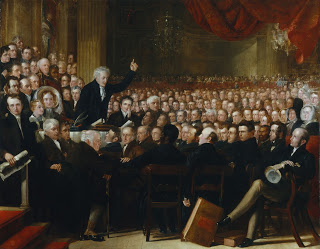





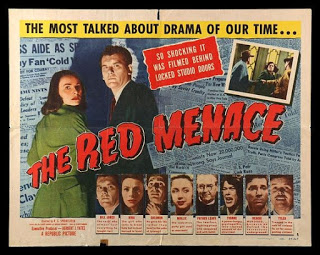









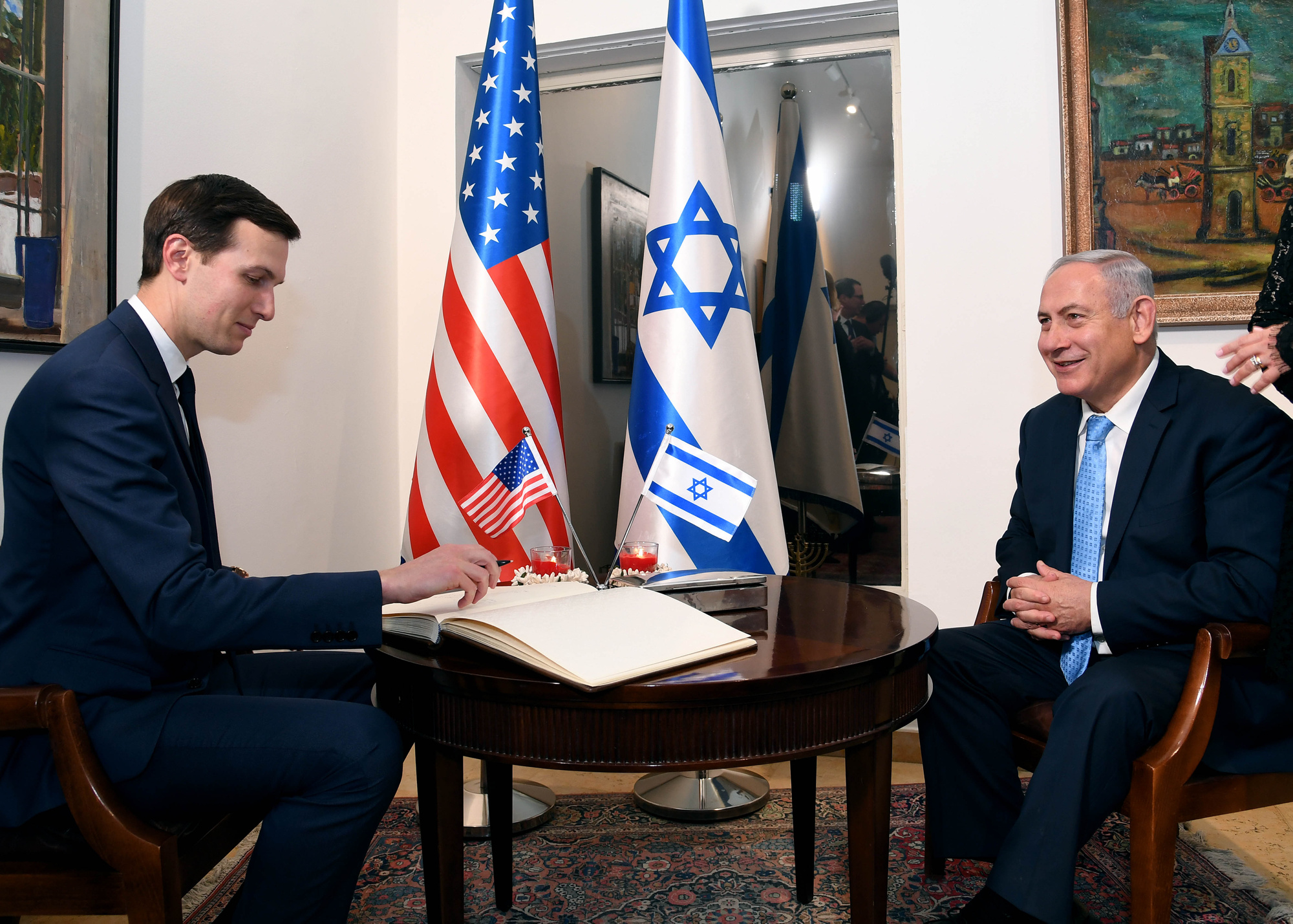

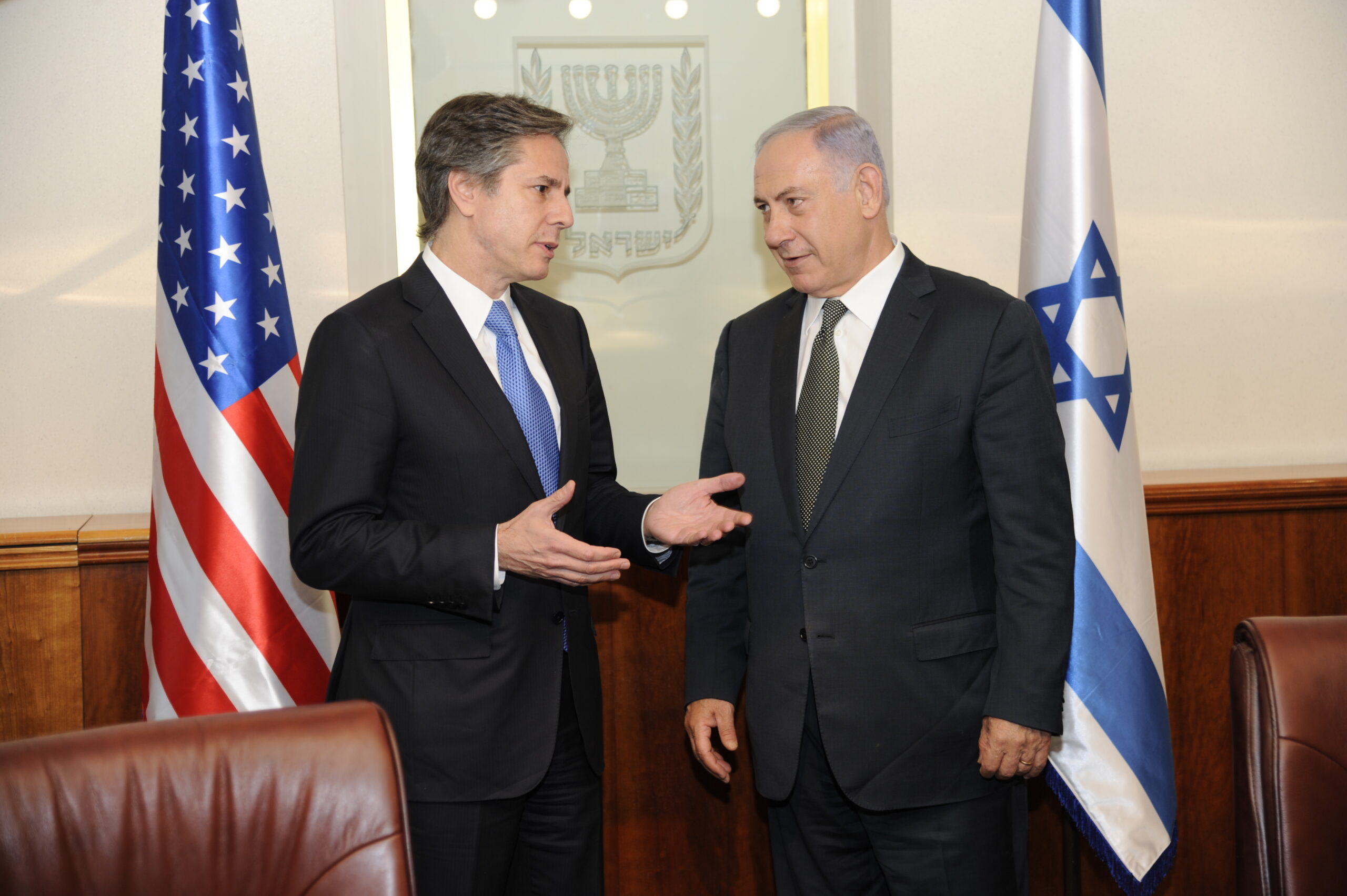

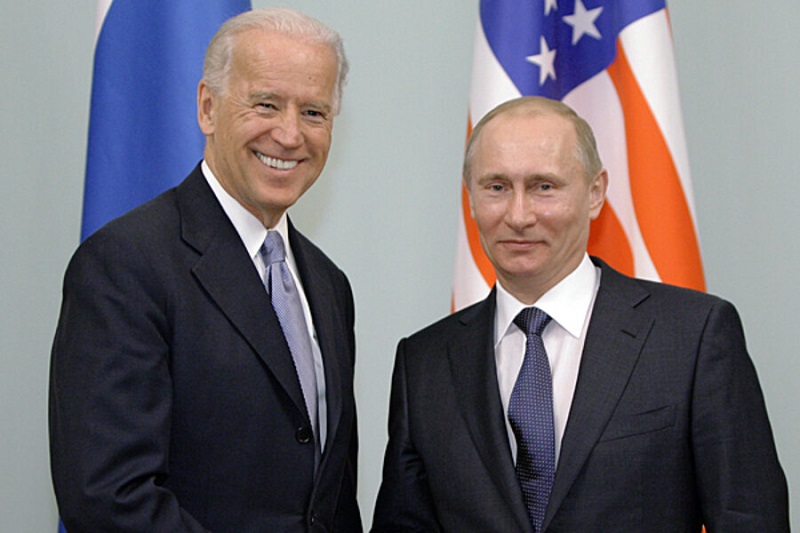 It is pointless to talk about something that cannot happen.
It is pointless to talk about something that cannot happen.



